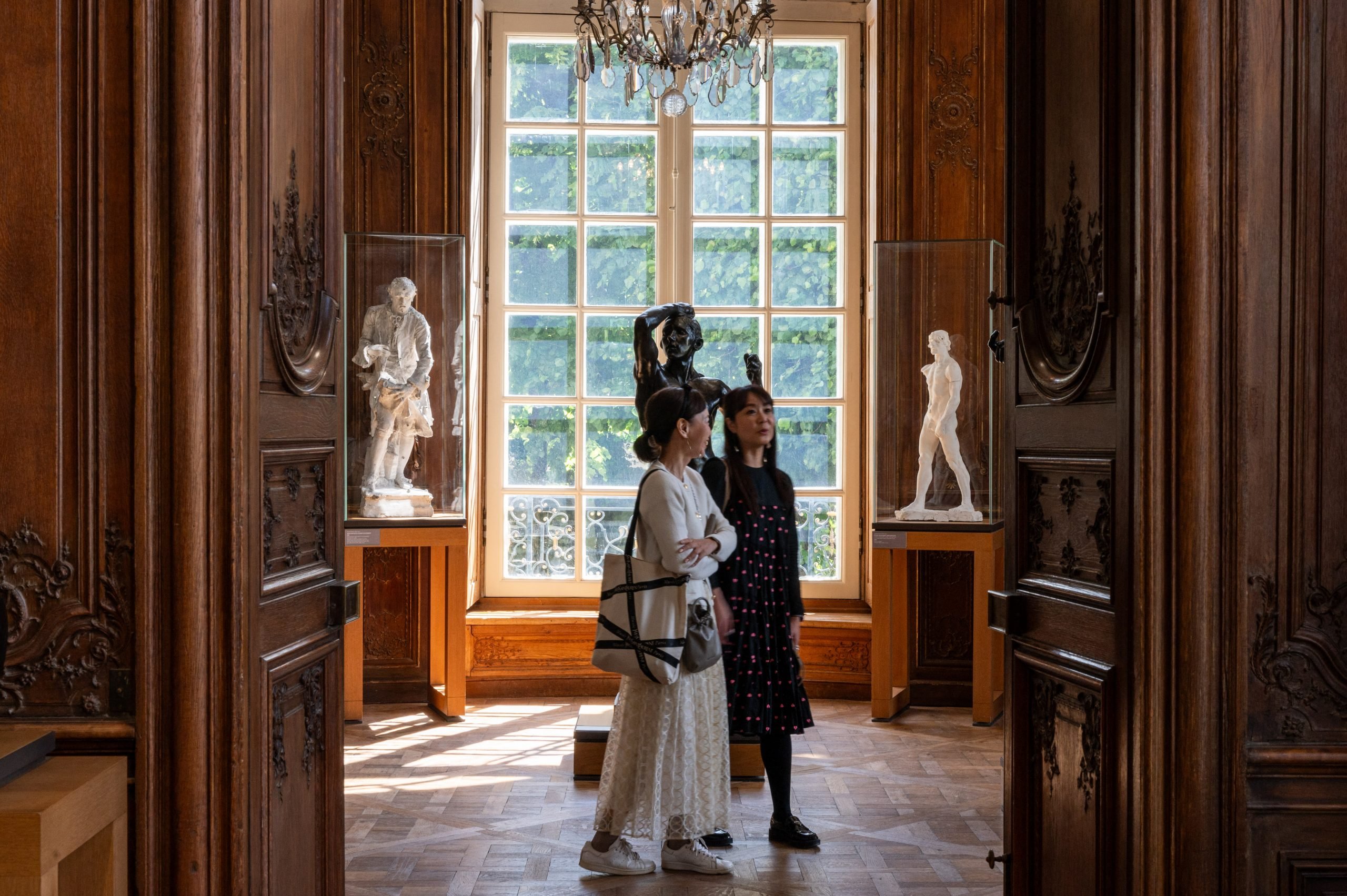
The Paris-based Musée Rodin will open its first international branch in Shanghai this September, a move coinciding with the 60th anniversary of the diplomatic ties between France and China.
Known as Centre d’Art Rodin, the project was initially announced in 2019 and was expected to open in two to three years. But no updates have been announced since then until the recent confirmation of its September opening, first reported in the South China Morning Post.
The project is backed by the French Ministry of Culture and State Administration of Cultural Heritage of China, with private funding from French-Chinese collector Wu Jing. It will be housed the building located in the Pudong New Area that was formerly the French Pavilion during Expo 2010 designed by architect Jacques Ferrier.
The Rodin museum’s China outpost was initially planned to open Shenzhen, a major city in southern China that is north of the Hong Kong border, and was to be funded by the city of Shenzhen and the Futian district. But according to Centre d’Art Rodin’s artistic director Kong Xianhe, Shanghai was eventually chosen because of its vibrant art scene, economic growth, and promising future, according to SCMP.
Shanghai Expo 2010 French Pavilion, Shanghai, China. Architect: Jacques Ferrier. Photo: View Pictures/Universal Images Group via Getty Images.
It’s not the first French institution to open in the city: the Chinese state-owned West Bund Museum signed a five-year partnership with the Centre Pompidou in 2019 in what was seen as “museum diplomacy” strategy; the partnership was renewed in 2023. Shanghai’s art scene, in the meantime, has been undergoing transformative changes as much of West Bund—a culture hub for the Chinese city over the past decade—is being demolished by the government as part of a redevelopment program.
The French museum has two existing sites in France: in central Paris and in nearby Meudon, in the villa where Auguste Rodin lived until his death in 1917. Last year, it scrapped plans to build a multimillion dollar outpost in Santa Cruz de Tenerife, a port city in Spain’s Canary Islands, following months of pushback by local critics, who argued the artist had no connection to the area.
Rodin has a huge profile in China and the artist himself had an interest in Chinese art, which he collected. He also inspired significant Chinese sculptors, including Sui Jianguo. Shanghai’s Centre d’Art Rodin will draw from the collection of its Paris flagship, which houses the collection of French sculptor Auguste Rodin donated to the state; it is the only national museum in France that is fully self-funded. Expect to see the debut of 50 sculptures by Rodin at the inaugural exhibition, “Rodin: The Inheritance of Modern Sculpture,” which will feature some of his most iconic works, such as the plaster versions of The Thinker (1904) and The Age of Bronze (1877), as well as the bronze renditions of The Walking Man (1907) and The Kiss (1882).
The exhibition will also feature works by Albert-Ernest Carrier-Belleuse, Rodin’s mentor. Works by his protégés, Aristide Maillol and Antoine Bourdelle, will also be on view. The show will also reveal Rodin’s secret passion for Chinese culture with a special showcase of his collection of Chinese art that has never been exhibited in public. This will include a statue of the deity Guanyin, Tang dynasty terracotta figures from Tang dynasty (618 to 907 C.E.), and porcelain from the Ming (1368–1644) and Qing (1644–1911) dynasties.